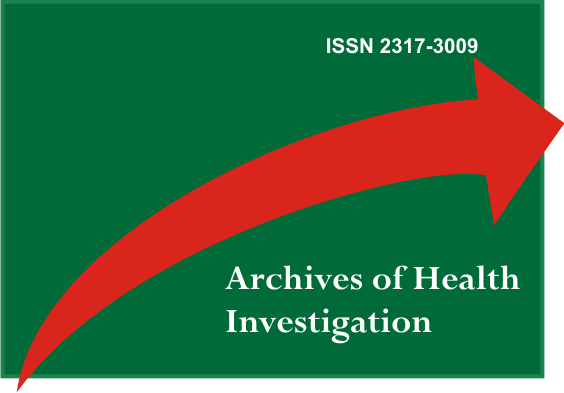Z-oo1 Clinical-Photographic-SEM analysis of pit and fissure sealants after 22 years
Resumo
Objectives: Glass ionomer cements possesses several properties that support their consideration in a wide variety of clinical applications including pit and fissure sealants. The aim of this study was to compare and evaluate Fuji II, Variglass VLC and Vitrebond used as sealants agents in terms of retention and caries incidence. Methods: After twenty-two years, 41 teeth that had their pits and fissures sealed, were assessed by clinical, photographic and scanning electron microscope (SEM) analysis; emphasizing the application techniques, three types of materials and its presence in the fissures at long-term follow-up. The materials were employed after dental conditioning with phosphoric acid of the occlusal surface. Results: The clinical analysis pointed that the materials suffered great abrasion, but it was observed, at this time also, that the SEM analysis has provided a higher number of ‘Retained’ sealants than clinical and photographic analysis. No ‘Totally lost’ score was found for SEM analysis. The scanning electron microscopy indicated that remnants of sealer material are retained in the deeper parts of pits and fissures, exercising their carious lesion preventive effect. In general, the three materials had a similar clinical performance as sealant materials after 22 years. Clinical evaluation showed no incidence of caries. Conclusions: After two decades of routine provision of pit and fissure sealants, we are able to conclude that placement of photopolymerized glass ionomer materials is a highly effective approach for prevention of pit and fissure caries.Downloads
Downloads
Publicado
2015-12-23
Como Citar
Salomão, F., Machado, L., Franco, L., Pavani, C., Sundfeld-Neto, D., & Sundfeld, R. (2015). Z-oo1 Clinical-Photographic-SEM analysis of pit and fissure sealants after 22 years. ARCHIVES OF HEALTH INVESTIGATION, 4(1). Recuperado de https://archhealthinvestigation.emnuvens.com.br/ARCHI/article/view/926
Edição
Seção
Patologia e Propedêutica Clínica


